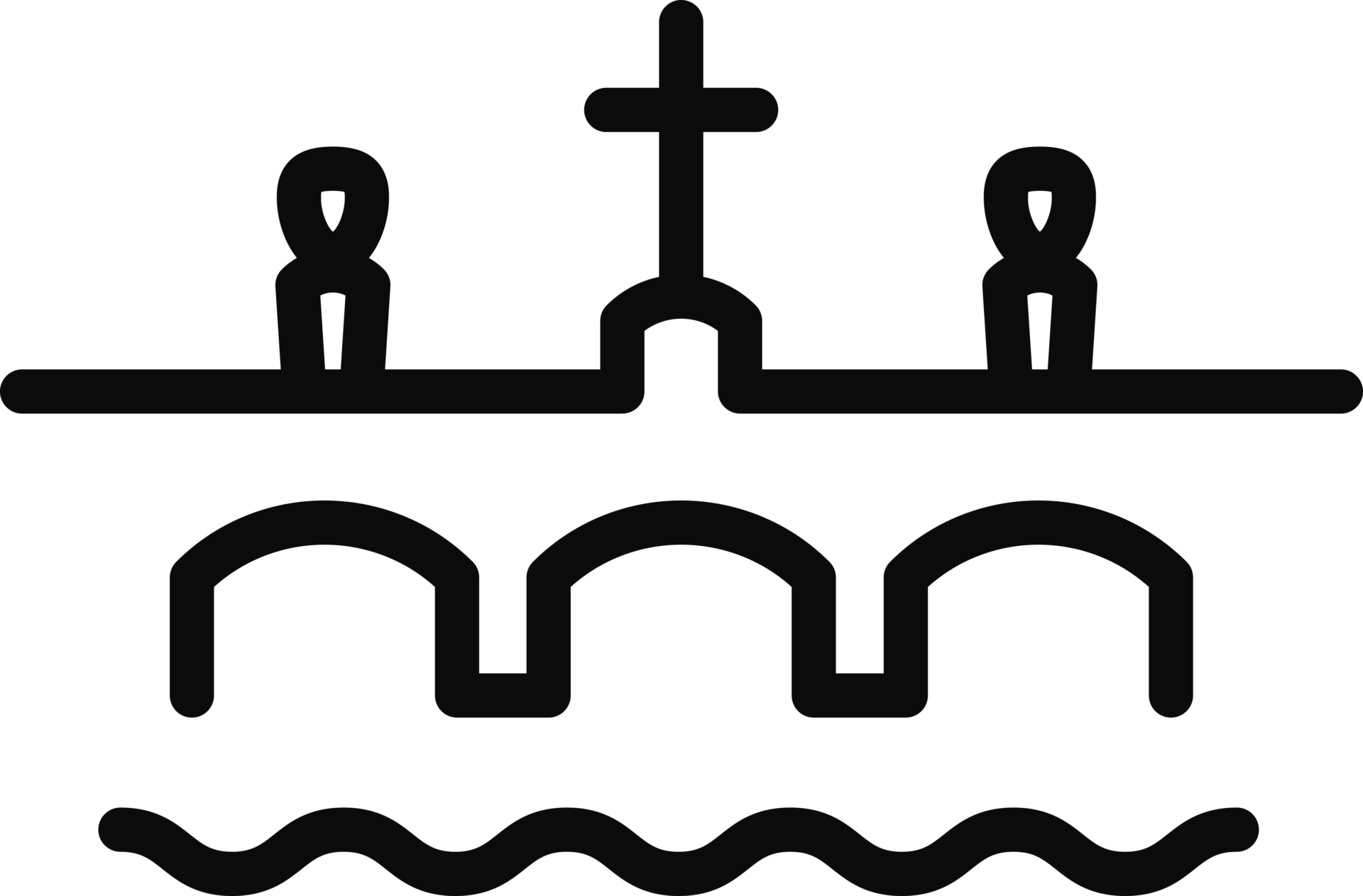Powder Tower
The Powder Tower is 65m high and serves as gateway to the Royal Route. Until 1836 the Royal Route was used by the Bohemian Monarchs as the way to their coronation in the St. Vitus Cathedral at Prague Castle. The tower gained its present name in the 17th century because in this period it was used as a gunpowder store.
Construction Of The Powder Tower
It was built on the site of the former early Gothic tower. The construction works of the Powder Tower began in 1475 during the reign of King Vladislav II Jagiello. This tower represented one of the thirteen entrance gates to the Old Town. Its main architect was Mathias Rejsek who constructed an ornate tower to a similar design as the Old Town Bridge Tower built in the second half of the 14th century. It was built in the neighbourhood of the Royal Court which used to be situated on the site of the present Municipal House. With a few interruptions, the kings dwelled here from 1383 up to 1483 when King Vladislav II Jagiello decided to move back to the Prague Castle. The palace remained abandoned and this was the reason for the interruption in construction of the tower, which was only provisionally roofed.
Renovation
The Powder Tower was badly damaged during the Prussian occupation in 1757. Between 1875 and 1886 the tower had to be rebuilt because of this damage. The tower was decorated and redesigned by the neo-Gothic architect Josef Mocker. Fortunately in the 1990s the Powder Tower, like many other historical buildings in Prague, was again beautifully renovated and now offers a lovely view of Prague to visitors.
Sculptural Decoration
Beautiful sculptural decoration adorn the tower. On the first floor one finds statues of Bohemian kings. From the side of Celetna Street it is possible to see the statues of George of Podebrady and Vladislav II. From the other side you can see the statues of Premysl Otakar II and Charles IV. Statues are surrounded by symbols of the countries over which they reigned. On the second floor, there are many statues of bohemian patrons and saints.
Powder Tower is just 20 minutes walk from our hostel, book from wide selection of rooms and apartments!





